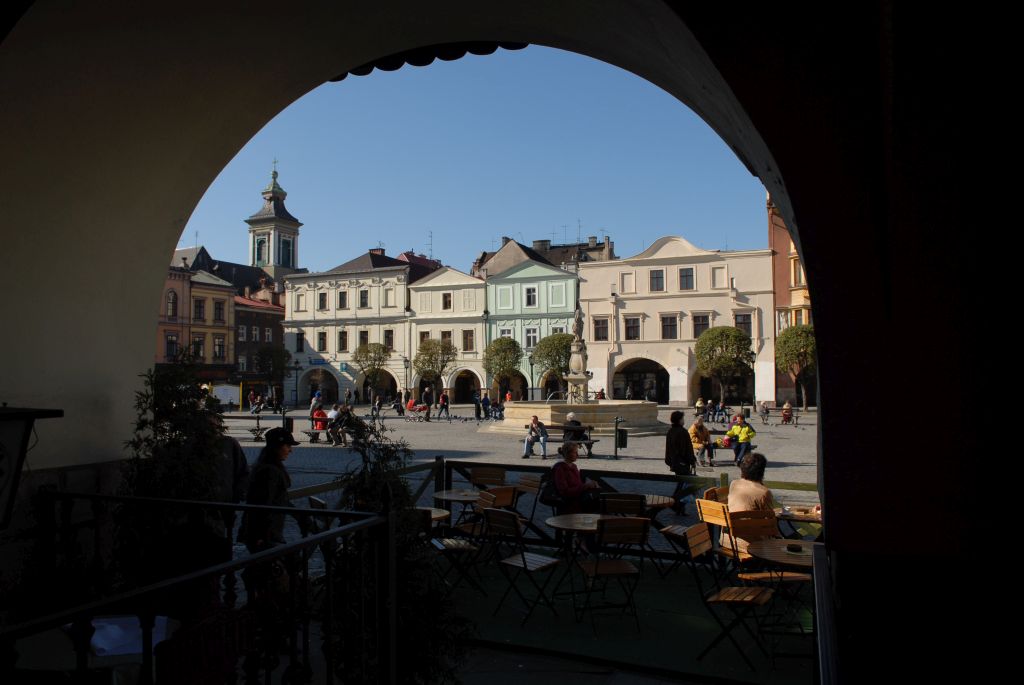Cieszyn is a cross-border town at the foot of the Silesian Beskids in the south of Poland and at the foot of the Moravian-Silesian Beskids in the Czech Republic. It is the cultural, educational and administrative centre of Cieszyn Silesia.

This charming border town has approximately 35,000 residents. The medieval urban layout has survived until today, and so have numerous historic monuments and extraordinary places. The town’s unique atmosphere has been shaped by different nationalities, religions, culture and traditions. The most important historic sites, ones which cannot be ignored, include the Romanesque Rotunda from the 11th century (one of the oldest Christian churches in Poland and the most valuable monument of Silesia; it is depicted on the PLN 20 banknote), the Piast Tower from the 14th century (a vantage point overlooking Cieszyn and Český Těšín), the Museum of Cieszyn Silesia (one of the oldest active museums in Europe, established in 1802), the Evangelical-Augsburg Jesus Church (the largest in Central and Eastern Europe), the Adam Mickiewicz Theatre from 1910 (one of the few theatres in Poland with a revolving stage), the Well of Three Brothers (legend has it that in 810, after long separation, three sons of a Polish duke: Bolko, Leszko, Cieszko, met near the well and founded the town from the joy of being reunited), Venice of Cieszyn (Przykopa Street, which features buildings from the 18th-19th centuries, with bridges over the bed of Młynówka. The buildings were once owned by craftsmen: tanners, weavers, clothiers, leather-dressers and smiths). While Cieszyn is divded by the Olza, it is still one town and one culture. The two parts jointly organise cross-border events, i.e. the Kino na Granicy / Kino na Hranici Film Festival, the Bez Granic / Bez Hranic Theatre Festival (Border Festival), the Three Brothers’ Festival. In 2019, the first cross-border Open Air Museum in the region was established on the banks of the Olza. The aim of the project was to create a tourism product of a new quality based on the phenomenon of the divided town.